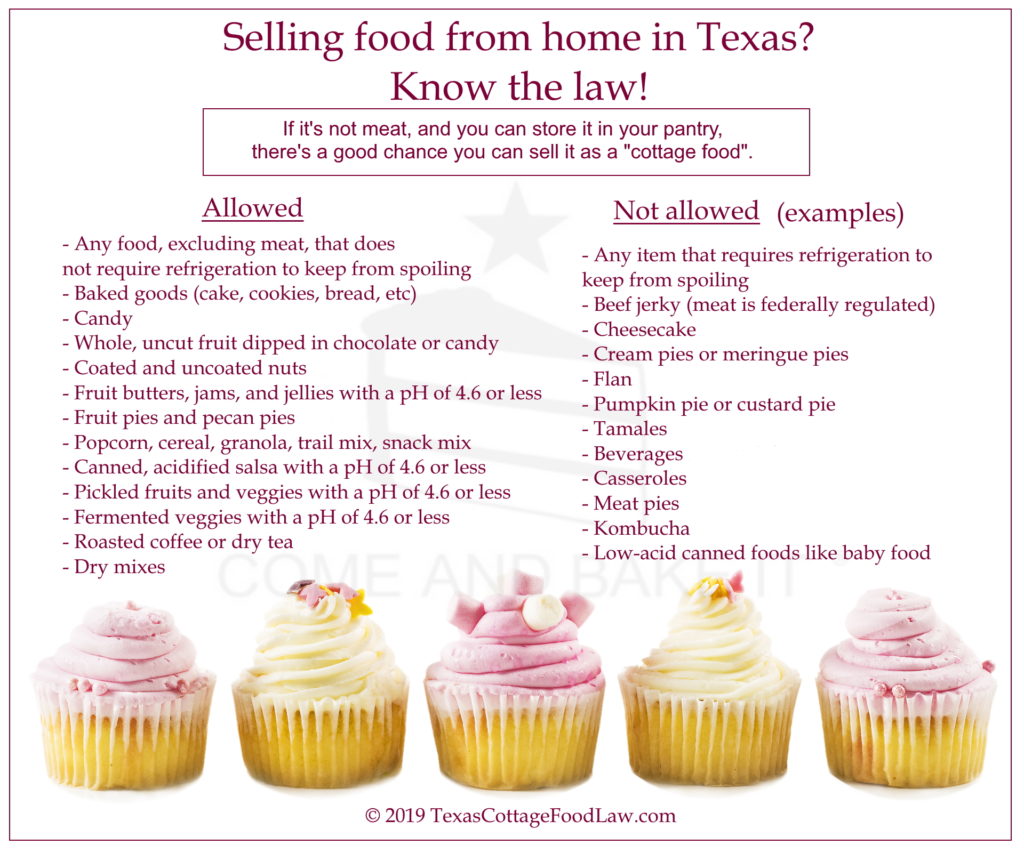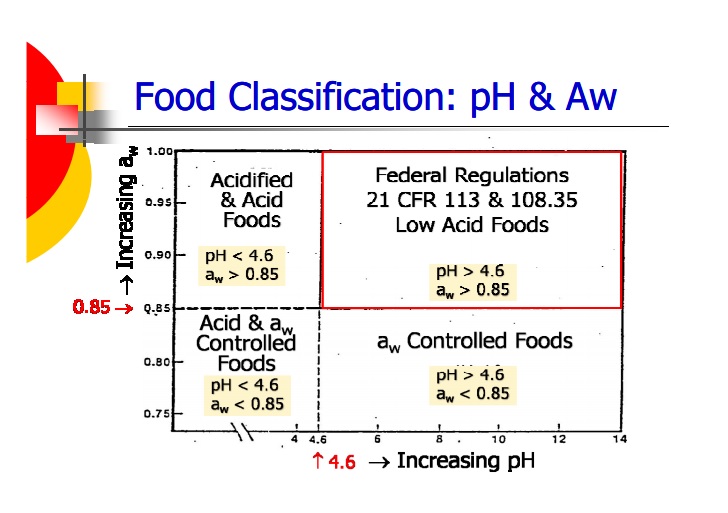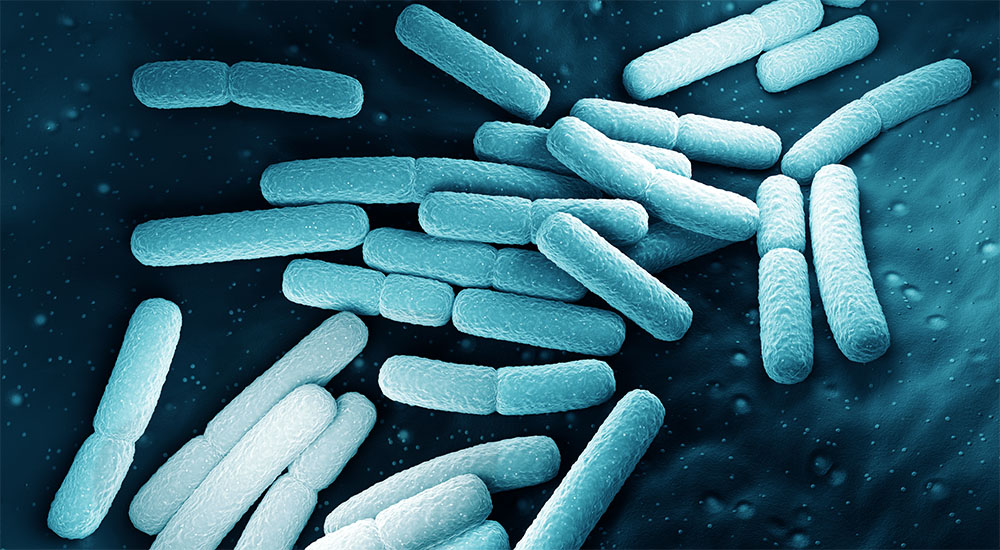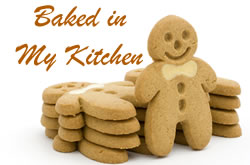A really interesting question, but first of all, for those that are not familiar, what are cottage food laws and cottage food operators? Cottage food operators, sometimes known as CFOs, are people legally conducting a food business from their place of residence, without any special modification to their food preparation and storage area. The laws which govern such businesses are known as cottage food laws, and such laws operate in various states in the United States. However in Australia, selling food prepared in a home kitchen is always illegal unless that kitchen has been approved by your local council for such purpose. Should the situation change in Australia? what are the food safety risks? what are the benefits to the community and economically?
First of all, perhaps consider that those jurisdictions that permit cottage food operators allow only certain foods to be sold, and these are low-risk foods that would not, under normal circumstances, post a food safety risk. They do not require refrigeration and therefore cannot be temperature abused. Surely this means they really do pose a very low food safety risk. So what are some foods that are regarded as cottage foods? Items like popcorn, dried pasta (Figure 1), biscuits, dried fruit are examples (Figures 2 and 3), and if you consider and think about these, you can imagine how they can’t go ‘off’ are can’t be safely kept at any temperature for an indefinite period of time without posing a food safety risk. However, like many state-based laws in the US, many variations exist (Figure 4 and https://www.farmtoconsumer.org/cottage-foods-map/) – to what you can sell, the limit you can sell, where you can sell them and any requirements or criteria that the producers need to satisfy. Some states even allow the sale of potentially hazardous foods, like meat products and cooked rice. Now, it’s behind the scope of our consideration to go into aspects concerning the community and economic benefits, but suffice to say that I’m sure there would be such benefits. However, our main concern here is if permitting sale of such non-potentially hazardous foods is too much of a risk to public health. Might what is allowed pose a health risk, or might people abuse the privilege of cottage food laws and illegally sell potentially hazards food products?




If we look at foods that are regarded as non-potentially hazardous, we can understand why they are low risk. It’s because of one of more of the following: I) raw materials are low risk for either contamination potential or growth conditions should they become contaminated, II) preparation of that food product requires a heating step (for example baking) which effectively eliminates any potential pathogenic bacteria, III) the (intrinsic) conditions (such as pH and water activity – Figure 5) in the food make it inhospitable for contaminating microorganisms to survive and especially grow. This essentially means that there are typically multiple barriers to the growth of microorganisms in the product and thus risk is negligible. However is this good enough? Despite all this, might there still be some way for cottage food producers to contaminate a product and provide conditions for the pathogenic microorganism to grow, resulting in foodborne disease, is this actually possible and how possible? Well, if the results of Akineden et al. (2015) are anything to go by, then the possibility may be higher than many think. In this study, low but certainly not insignificant levels of microbial contamination was observed in many dried pasta samples in Germany – some of them had really quite high levels of total microorganisms present. Furthermore, some samples did contain pathogenic bacteria – Staphylococcus aureus, various species of Cronobacter and even possibly Bacillus cereus. Further adding to the concern of the potential for foodborne disease outbreaks to occur from dried food (food products with a water activity of 0.70 or lower) is the fact that there have been 41 reported outbreaks of foodborne disease worldwide between 1958 and 2017 (Chitraker et al., 2019). There have been quite a few outbreaks even involving Salmonella and Bacillus cereus too, along with Cronobacter sakazakii (Figure 6), with the most common food products being powdered infant formula (14 outbreaks), dried meat (11 outbreaks) and spices (10 outbreaks).


So, what do you make of all this? Is Australia over-cautious or is the US too relaxed about this? Really, it all comes down to the risk that a jurisdiction is willing to accept. Clearly there is a risk from dried foods along, let alone all of the other many types of foods classified as not potentially hazardous. Therefore, the US must be walling to accept the level of risk that foodborne disease might occur from cottage food products and consider the benefits (social, community, economic or others perhaps) of allowing cottage food production to be greater than the foodborne disease risks from such foods. However in Australia, where governments tend to generally proceed more cautiously, any risk (of foodborne disease) is considered an unacceptable risk and therefore cottage food production is not permitted.
What do you think about cottage food laws?
References
Akineden, Ö., Murata, K. J., Gross, M., & Usleber, E. (2015). Microbiological quality of raw dried pasta from the German market, with special emphasis on Cronobacter species. Journal of Food Science, 80(12), M2860-M2867.
Chitrakar, B., Zhang, M., & Adhikari, B. (2019). Dehydrated foods: Are they microbiologically safe?. Critical Reviews in Food Science and Nutrition, 59(17), 2734-2745.

